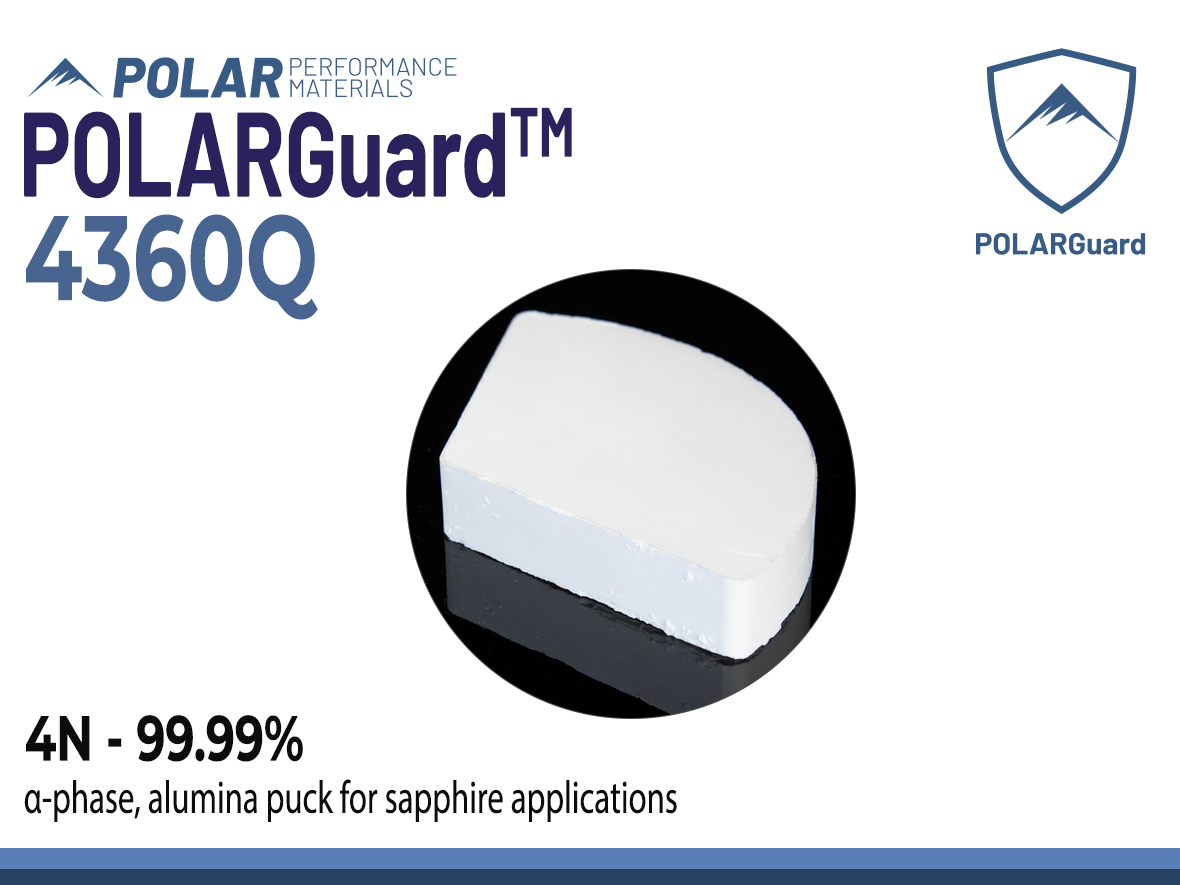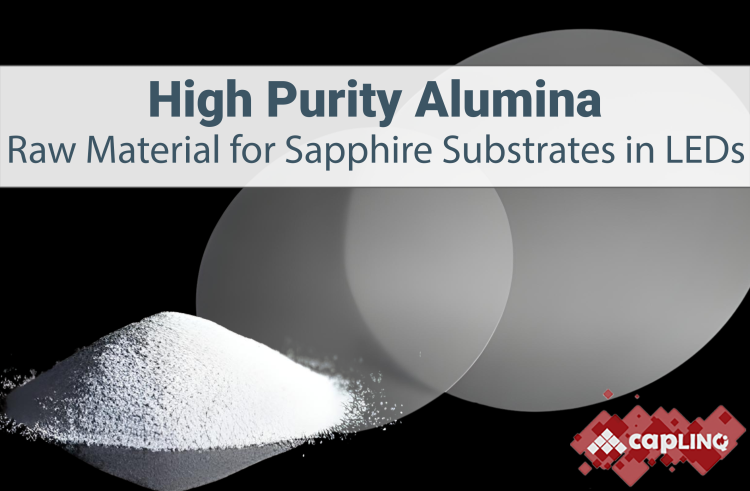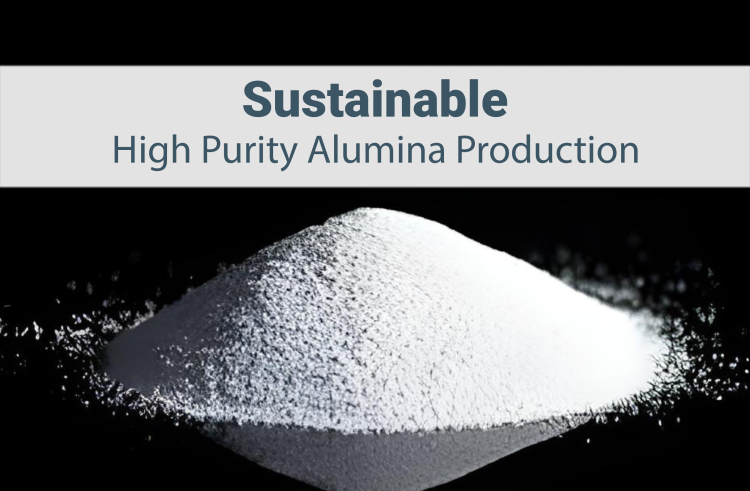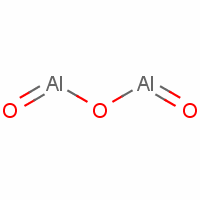Sapphire
CRYSTALGuard High Purity Alumina for Sapphire Substrates

CRYSTALGuard 5360Q and 4360Q are high-purity alumina products available in pucks, and in 5N (99.999%) purity and 4N (99.99%) purity, respectively. They feature an alpha crystal phase and an average mass of 450 grams, optimized for sapphire applications. This material offers consistent performance, making it suitable for a variety of high-tech applications requiring excellent reliability and high purity.
| Product | Purity | Key Element Concentration - Less Than (ppmw) | |||
| Na | Si | Ca | Fe | ||
| 4N (99.99%) | 30 | 10 | 8 | 8 | |
| 5N (99.999%) | 5 | 6 | 4 | 5 | |
⚡ Applications
▪ Optics and Electronics
▪ Sapphire Crystal Growth
✅ Advantages
✔ Ultra High Purity
✔ Precise Particle Size Control
✔ Eco-efficient manufacturing
Benefits of Using CRYSTALGuard for Sapphire Substrates
Ultra High Purity
Ensuring consistent performance, reliability, and compatibility.
Precise Particle Size Control
Engineered distribution for optimal packing density, flowability, and surface finish.
Eco-Efficient Manufacturing
Minimizing environmental impact while maximizing purity and quality.
Frequently Asked Questions about CRYSTALGuard
The CRYSTALuard line is specifically designed for applications in sapphire, where extremely low contaminants are required. It is produced with a lean, high-yield method, which is what makes the CRYSTALGuard line the highest purity alumina available.
How is CRYSTALGuard used in Sapphire Applications?
High-purity alumina is used in LEDs, optical sensors, and advanced displays, and can also be used as ceramic insulation between interconnects. To grow high-quality sapphire crystals, manufacturers need alumina with ultra-low impurity levels and consistent particle characteristics.
What documentation is available for validation?
Polar provides full quality assurance reports, including particle size data, elemental analysis, and batch traceability. This supports crystal growth qualification requirements.
What purity levels are required for sapphire production?
Polar offers alumina powders at 4N and 5N purities for sapphire production.
High purity alumina can come in either spherical or irregular shapes. Spherical particles are smooth and uniform, offering excellent flow, easy dispersion, and consistent packing. Irregular particles are angular and jagged, providing better mechanical interlocking and abrasion. Spherical morphology is ideal for coatings or pastes, while irregular morphology is ideal for structural ceramics or abrasives.
Can I request a customised particle size?
Yes. Standard distributions and customised sizing is available, including submicron options, to align with your coating or forming process. Our team can match existing specs or develop a tailored grade with full documentation.
How is alumina used for sapphire components?
Sapphire is typically produced by melting high-purity alumina and forming single crystals through methods such as the Verneuil or Kyropoulos process. Purity and consistency of the starting powder are essential to achieve defect-free crystals.
What format of HPA should I use for coating applications?
Powder formats are primarily tailored for coating feedstocks. These are designed for high flowability and predictable deposition, with purity levels up to 5N depending on the application.
Featured Presentation: CAPLINQ Product Offerings
CAPLINQ Materials for Sapphire Substrate
Curious about how the right materials can improve sapphire performance? This quick presentation walks you through CAPLINQ's lineup of Polar High Purity Alumina for Sapphire: what they’re made of, how they perform, and where they fit best. Whether you’re optimizing for efficiency, durability, or both, these materials are engineered to keep up.
Got questions or need help choosing the right materials for your High Purity Alumina Sapphire? Reach out to us!
Contact Us →Presentations
Related Blogs

High Purity Alumina as Raw Material for Sapphire Substrates in LEDs
This blog explores the significance of high-purity alumina (HPA) in enhancing sapphire substrates for LED manufacturing. It outlines how HPA's exceptional purity ensures the production of defect-free sapphire crystals, which are crucial for optimal LED performance.

Can High Purity Alumina be Produced Sustainably?
This blog explores the the environmental impact of producing high-purity alumina (HPA) and highlights advancements in sustainable manufacturing practices. It discusses how traditional HPA production methods contribute significantly to greenhouse gas emissions and other pollutants. The article emphasizes the importance of adopting cleaner, more efficient technologies to reduce the environmental footprint of HPA production.






